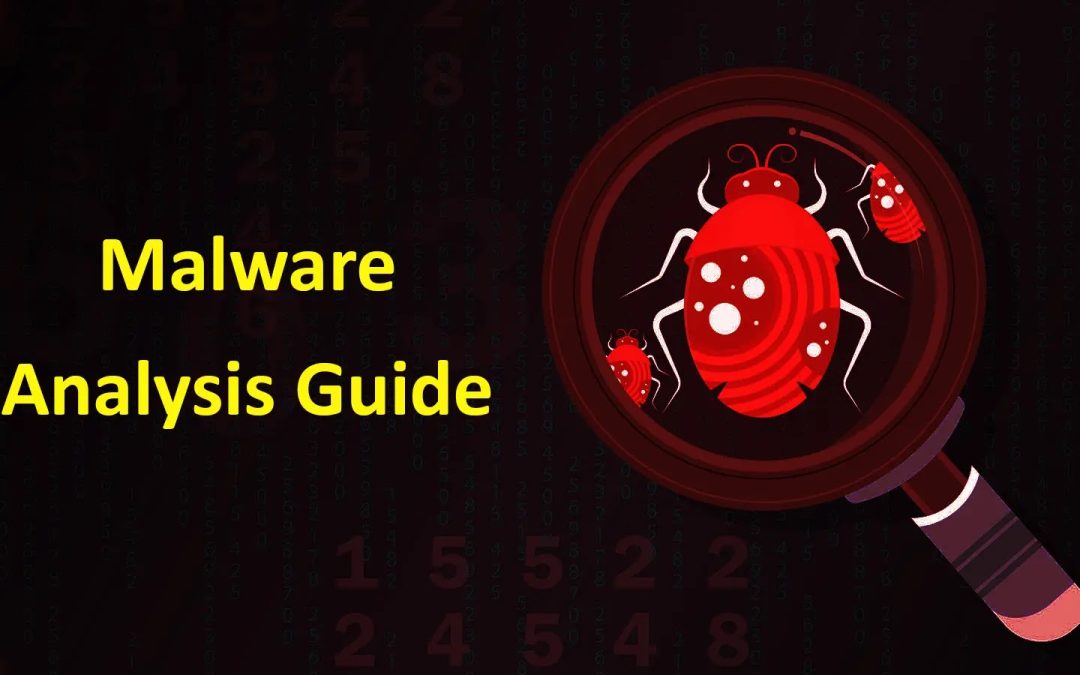“`html
Palo Alto Networks has released a comprehensive malware analysis tutorial outlining the breakdown of a sophisticated .NET-based threat that deploys the Remcos remote access trojan (RAT).
The rise of this malware underscores a tendency where threat actors increasingly leverage legitimate development environments and tools—like the Microsoft .NET runtime—to carry out intricate, multi-stage infection operations.
This specific sample exhibits an advanced level of evasion capability, featuring transitions from managed to unmanaged code, runtime API resolution, and process injection targeting benign executables.
The attack sequence initiates with a seemingly benign .NET executable, obfuscated to hide its purpose. This initial loader fetches an online payload disguised as a PDF from a compromised Bitbucket repository.
Rather than holding document data, the file consists of Donut-generated shellcode intended to execute directly in memory. By avoiding writes to the disk, the attackers significantly minimize the likelihood of detection by conventional antivirus engines that depend on static signature scanning.
Palo Alto Networks analysts discovered the sample during a focused threat hunting effort and observed its capacity to shift execution between various runtime environments, a signature of sophisticated intrusion techniques.
Upon downloading, the payload undergoes a straightforward ASCII-hexadecimal decoding process to rebuild the real shellcode.
The loader employs .NET’s interop services to dynamically invoke native Windows API calls, allocating executable memory with VirtualAlloc before transferring the decoded payload into it.
This amalgamation of obfuscated managed code and late-bound unmanaged calls makes static analysis challenging, while also circumventing numerous heuristics that flag dubious imports.
Palo Alto Networks researchers emphasized that this intentional API resolution during runtime enabled the attacker to exclude sensitive imports from the Portable Executable (PE) header, further eluding static detection.
From a technical perspective, the payload’s intricacy is apparent when examining the in-memory AMSI and ETW evasion routines.
.webp)
AMSI functions such as AmsiScanBuffer are patched directly in memory with instructions that compel them to always return AMSI_RESULT_CLEAN.
A sample snippet exemplifies this patching technique:
byte[] patch = { 0x33, 0xC0, 0xC2, 0x18, 0x00 }; // xor eax,eax; ret 0x18
Marshal.Copy(patch, 0, amsiScanBufferPtr, patch.Length);This guarantees that even if security tools intercept these functions, malicious buffers will seem innocuous.
In the same vein, calls to EtwEventWrite are supplanted with a single ret instruction, effectively incapacitating Event Tracing for Windows, which many endpoint detection systems utilize to link malicious activities.
One of the most technically captivating features of the infection mechanism is its construction of a Common Language Runtime (CLR) instance from unmanaged shellcode.
.webp)
After disabling defensive hooks, the shellcode employs CLRCreateInstance and ICLRMetaHost::GetRuntime to initiate a new .NET runtime within the same process, subsequently loading an obfuscated .NET assembly into an AppDomain.
Persistence of this execution chain
The concluding phase takes advantage of the _Type.InvokeMember method to trigger a specific entry point method within that assembly, which in turn launches InstallUtil.exe in a suspended state.
The persistence of this execution chain relies substantially on process injection. The malicious assembly writes a decrypted Remcos payload into the memory of the suspended process through multiple WriteProcessMemory calls before altering the memory protection back to PAGE_EXECUTE_READ with VirtualProtectEx and resuming execution.
This multi-chunk injection technique may assist in bypassing memory scanners crafted to identify large, contiguous malevolent allocations.
While the dynamic analysis clearly indicates the Remcos RAT ASCII banner embedded in the injected executable, confirming the campaign’s ultimate objective.
.webp)
By guiding readers through each phase from initial obfuscation to final payload activation, Palo Alto Networks’ tutorial not only scrutinizes a current threat but also equips analysts with replicable techniques for analyzing intricate, hybrid-runtime malware.
This release distinguishes itself as both a thorough forensic exploration and a practical laboratory guide, rendering it a valuable asset for reverse engineers facing threats that merge managed code obfuscation with native API exploitation in contemporary attack sequences.
“`

